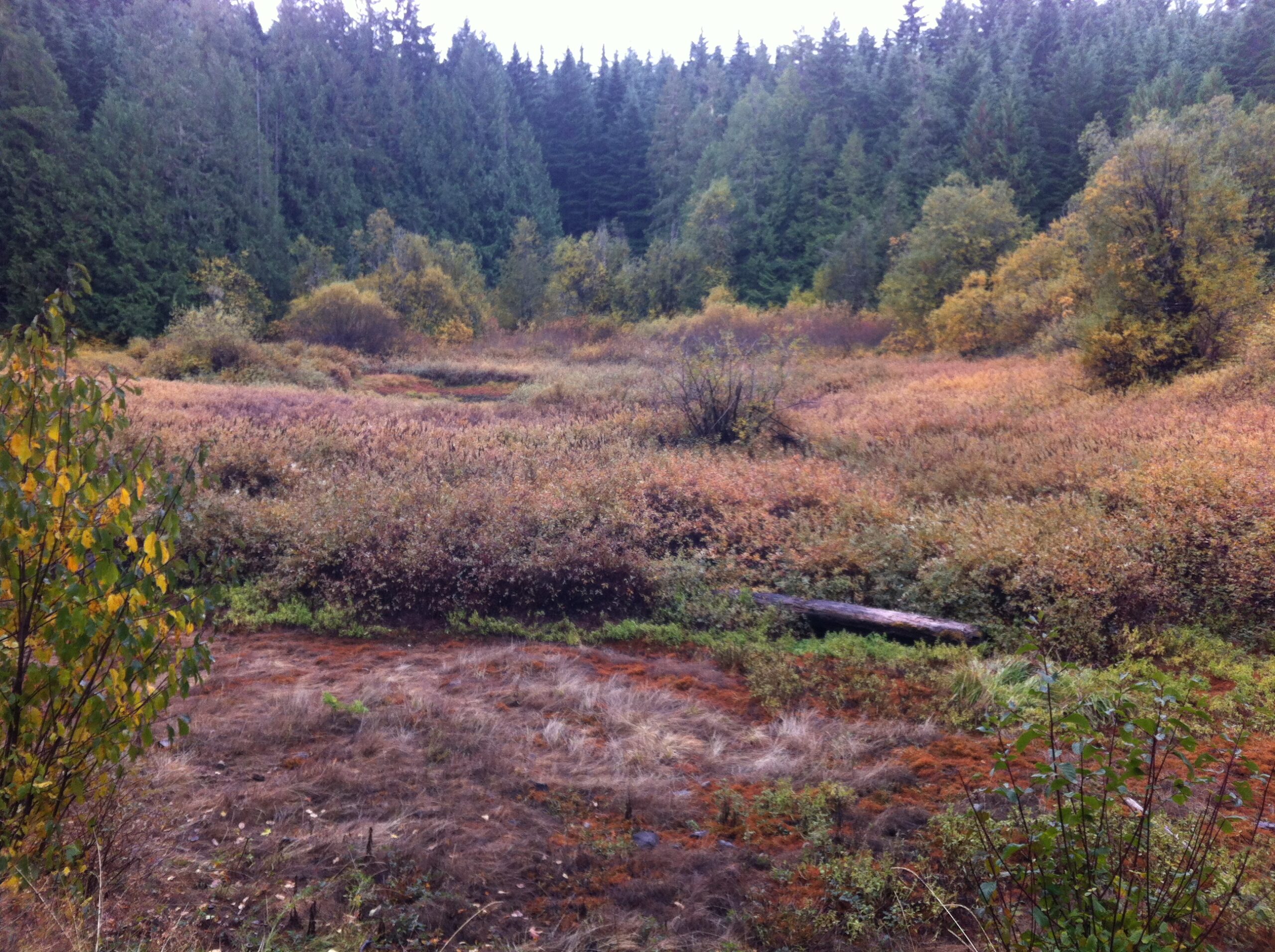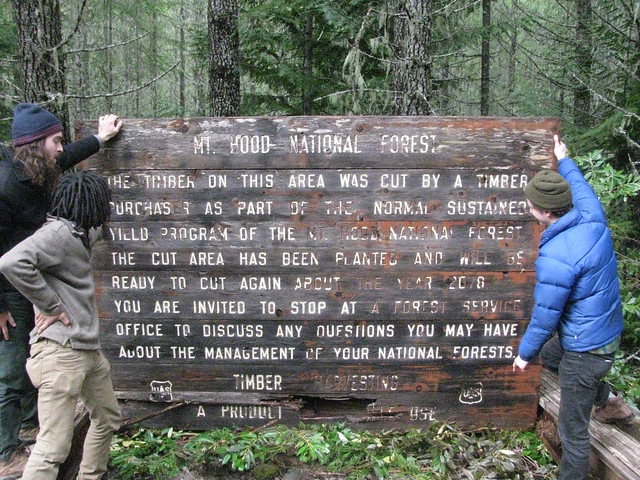Grove Timber Sale

In September 2014 Lisa Northrop, Mount Hood Forest Supervisor, chose to pursue Alternative B, the Proposed Action for Grove. This was decided with two modifications identified in an objection resolution meeting with Bark. Bark came with several site-specific next steps for the project, giving the agency many viable options to pursue. Northrop dropped .04 miles of road from the project, as well as a “heavy thinning” prescription on 120 acres in Northern spotted owl Critical Habitat. Although these acres were modified, they were not dropped from the project. The other objector present was a representative from American Forestry Resources Council (AFRC) and there was no resolution reached between Bark and AFRC.
Bark’s Concerns
The Grove Timber Sale proposes to log 1,756 acres, spread out over 40 square miles in the Oak Grove and Middle Clackamas Watersheds. Yet again, the Forest Service is proposing an enormous sale spread over two watersheds that will have massive cumulative effects, as well as make monitoring impossible. The Grove Timber Sale is particularly troubling because the Forest Service has recently announced that they will be building 5.55 miles of roads for the project, and only decommissioning 4.64 miles of roads in the area. On top of this, the majority of stands within the Grove Timber Sale are already above the Forest’s limit for “detrimental” damage to soils from past clear-cutting, and the agency is exempting itself from this standard in order to do more logging!
Many of the recent timber sales are being put forth because they provide necessary funding to do restoration work. Without a big push to get more roads off the landscape these chronic sources of sediment, elevated water temperature in streams, as well as the potential for more earthflow events will continue to degrade the watershed. And the forest will have less habitat for cavity-nesting species, less scenic & recreational value, and a higher risk of spread of invasive weeds.

Resources for Comment-Writing
Habitats & Species
Critical habitat for Lower Columbia River (LCR) steelhead, Upper Willamette River Chinook, LCR coho, Columbia River bull trout are listed fish that will be negatively impacted by this timber sale.
This project’s location is also Northern Spotted Owl critical habitat, home range and dispersal habitat.
Also seen in this project is Johnson’s hairstreak butterfly.
Road Comments
Since this project’s scoping period, additional road closures, decommissoning and stormproofing have been added to the project. In all, 4.64 miles of roads are to be decommissioned, and 8.45 miles of open roads are to be closed.
Most of the road construction proposed in this project is along “existing alignments”, many of which have recovered and are virtually invisible on the ground. Some of these alignments include seep crossings, and most were never Forest Service system roads, but temporary roads built for single use about 60 years ago.
Associated Files